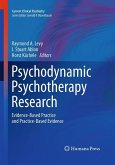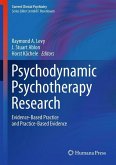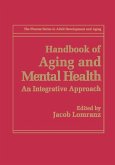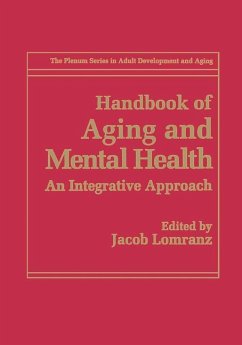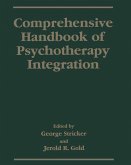The importance of conducting empirical research for the future of psychodynamics is presented in this excellent new volume. In Handbook of Evidence Based Psychodynamic Psychotherapy: Bridging the Gap Between Science and Practice, the editors provide evidence that supports this type of research for two primary reasons. The first reason concerns the current marginalization of psychodynamic work within the mental health field. Sound empirical research has the potential to affirm the important role that psychodynamic theory and treatment have in modern psychiatry and psychology. The second reason that research is crucial to the future of psychodynamic work concerns the role that systematic empirical investigations can have in developing and refining effective approaches to a variety of clinical problems. Empirical research functions as a check on subjectivity and theoretical alliances in on-going attempts to determine the approaches most helpful in working with patients clinically. Handbook of Evidence Based Psychodynamic Psychotherapy: Bridging the Gap Between Science and Practice brings together a panel of distinguished clinician-researchers who have been publishing their findings for decades. This important new book provides compelling evidence that psychodynamic psychotherapy is an effective treatment for many common psychological problems.
From the reviews:
"This book evaluates the current state of research in psychodynamic psychotherapy and how evidence-based techniques can be applied to psychodynamic practice. ... The book is written for practitioners of psychodynamic psychotherapy, clinical researchers, and interested laypersons. ... This is an excellent addition to the psychodynamic field ... ." (Brett C. Plyler, Doody's Review Service, February, 2009)
"This book comprises a rich set of previously unpublished papers written by a Who's Who of clinician-researchers including Glen Gabbard, Drew Westen, Leigh McCullough, Jeremy Safran and many others. They present a vibrant body of research that demonstrates that psychodynamic therapy is an effective treatment for a range of common problems. ... This book makes a powerful plea to professional organizations to foster the development of research, a call that all psychodynamic institutes would do well to heed." (Paul Efthim, New England Psychologist, December, 2009)
"Handbook of Evidence-Based Psychodynamic Psychotherapy: Bridging the Gap Between Science and Practice offers a coherent and user-friendly introduction to the field. ... Each chapter is self-contained ... . Chapters are written for clinicians: research methodology and statistical analyses are explained clearly, and chapters are relatively short, easy to read and emphasize research questions of interest to clinicians ... . thought-provoking, and it will make pleasurable reading for any psychoanalytic clinician interested in learning about current developments in psychotherapy research." (Eve Caligor, The International Journal of Psychoanalysis, Vol. 91, 2010)
"This book evaluates the current state of research in psychodynamic psychotherapy and how evidence-based techniques can be applied to psychodynamic practice. ... The book is written for practitioners of psychodynamic psychotherapy, clinical researchers, and interested laypersons. ... This is an excellent addition to the psychodynamic field ... ." (Brett C. Plyler, Doody's Review Service, February, 2009)
"This book comprises a rich set of previously unpublished papers written by a Who's Who of clinician-researchers including Glen Gabbard, Drew Westen, Leigh McCullough, Jeremy Safran and many others. They present a vibrant body of research that demonstrates that psychodynamic therapy is an effective treatment for a range of common problems. ... This book makes a powerful plea to professional organizations to foster the development of research, a call that all psychodynamic institutes would do well to heed." (Paul Efthim, New England Psychologist, December, 2009)
"Handbook of Evidence-Based Psychodynamic Psychotherapy: Bridging the Gap Between Science and Practice offers a coherent and user-friendly introduction to the field. ... Each chapter is self-contained ... . Chapters are written for clinicians: research methodology and statistical analyses are explained clearly, and chapters are relatively short, easy to read and emphasize research questions of interest to clinicians ... . thought-provoking, and it will make pleasurable reading for any psychoanalytic clinician interested in learning about current developments in psychotherapy research." (Eve Caligor, The International Journal of Psychoanalysis, Vol. 91, 2010)



